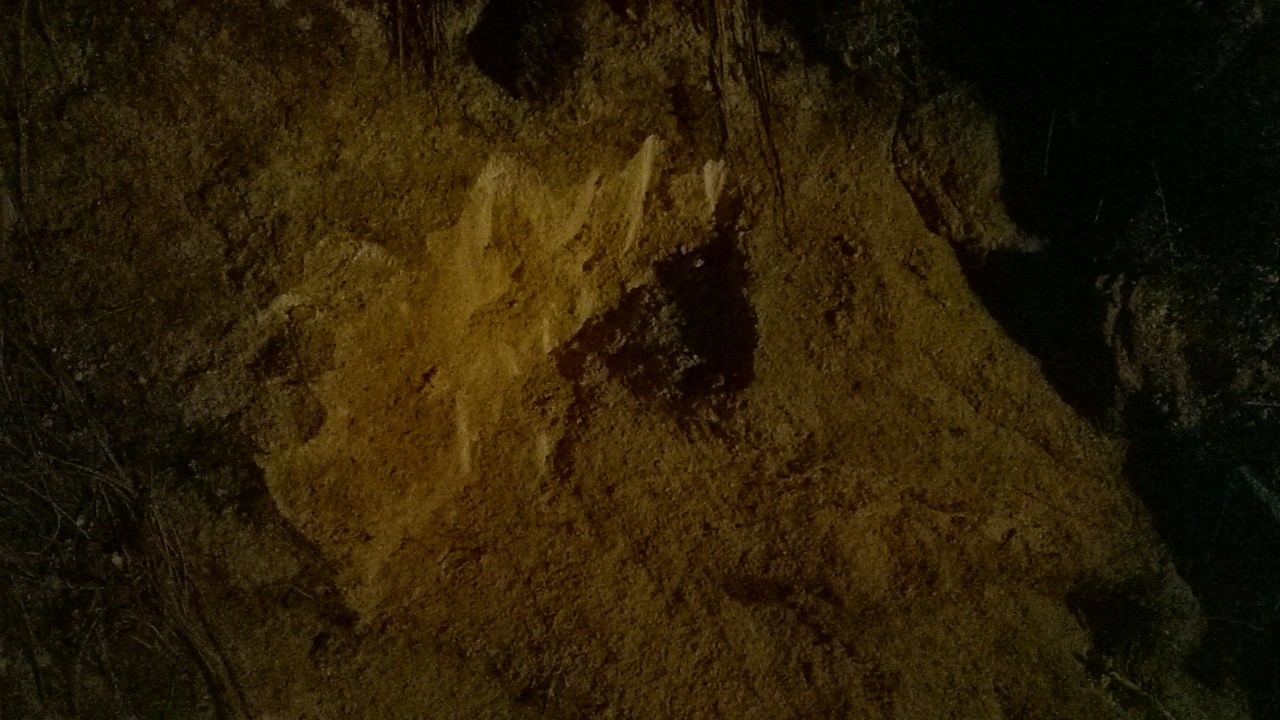VolcanoCafe summarises the current situation:
"...there are so far no other signs of volcanic activity. There is no gas measurements (if they are taken) indicating an eruption being close, neither are there gas or particles in the glacial run off indicating melting ice from an eruption."
VolcanoCafe goes on to say that one outcome may be:
"the seismic activity decreases and the intrusion lose momentum and no eruption happens at this time. For every day this scenario becomes less likely."How can the ABC report an eruption has occurred when there is little evidence to suggest it has? Is this a symptom of the ABC losing its ability to report on scientific matters and instead focusing on exciting or political headlines? Even the ABCs flagship science program Catalyst now dismisses research that is carried out by certain groups as evidence that the results are wrong. Catalyst seems to fail to explain why research is flawed in a scientific way. This is a big concern for me because I feel it is degrading science. So much so it is degrading science into politics. Scientific outcomes are questioned on the basis of who did it rather than how it was done.
Now we have the ABC not even knowing when a volcano erupts. It is now more important than ever to question popular science reports.
Update: Another day passes (four days since the ABC report). Still no confirmed evidence an eruption at Bardarbunga had occurred and the Iceland Met Office had reduced its flight path warning a day after the ABC news... Yet no more news on the ABC. Apparently the lack of bad news from Iceland is not news at all. Closer to home - According to the Smithsonian Institute a large explosive eruption occurred at Tarvurvur crater, Rabaul, Papua New Guinea, on 28th August 2014. Ash emissions reached an altitude of 60,000 ft.
Update: The Iceland Met Office reported that a surveillance flight on the night of the 27th "discovered a row of 10-15 m deep cauldrons south of the Bárðarbunga caldera. They form a 6-4 km long line. The cauldrons have been formed as a result of melting, possibly a sub-glacial eruption, uncertain when."
Update: almost a week after the story of the "eruption" Bardarbunga finally erupts! Iceland Met Office aviation code still Orange. VolcanoCafe has the details.
References/bibliography:
*ABC Newsonline, Iceland volcanic Eruption Closes Airspace, http://www.abc.net.au/news/2014-08-24/iceland-volcanic-eruption-closes-air-space/5692296 accessed 2014-08-25
*VolcanoCafé, Bárðarbunga – Nature of the beast, http://volcanocafe.wordpress.com/2014/08/24/bardarbunga-nature-of-the-beast/ accessed 2014-08-25.

.jpg)